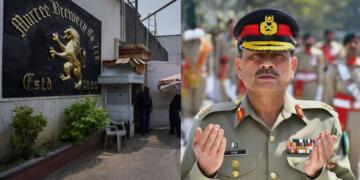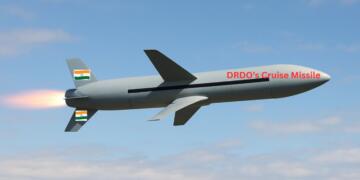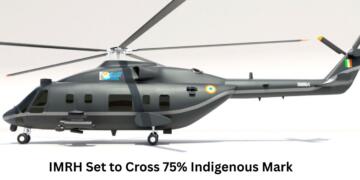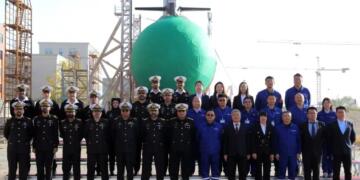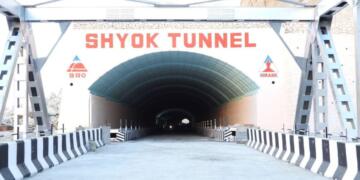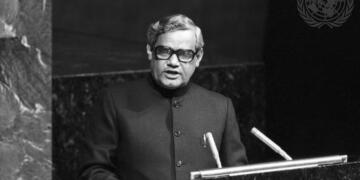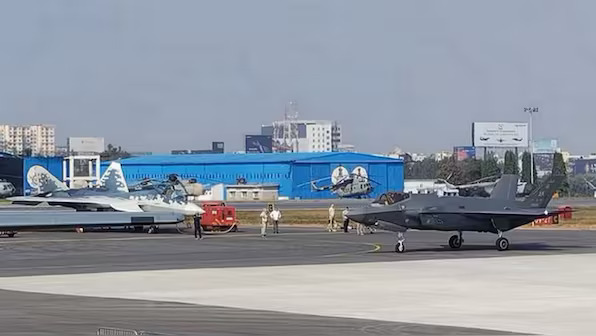India is really quick on its heels about modernising multirole fighters, with the proposal by the USA to sell F-35 stealth fighter jets and the offer extended by Russia about collaboration on the Su-57E fifth-generation combat aircraft. Kudos to Aero India 2025 that is already going off in Bengaluru for providing a platform to showcase these aircraft, so that they can speak for themselves, to differentiate and assess Eastern and Western defence technologies.
Asia’s largest air show, Aero India 2025, will be held at Air Force Station Yelahanka in Bengaluru, from February 10-14. The event has drawn global attention, featuring cutting-edge aircraft and strengthening India’s position as a key player in the international defense and aerospace sector. The presence of both the American F-35 and the Russian Su-57 highlights the strategic importance of India in the global arms market and its growing military aviation capabilities.
The Sukhoi Su-57 has upped its trump card: supercruise ability, advanced systems, and stealth technology. The US face-off with the sukhoi fighter jet occurs against the US next-generation fighter, including the premier F-35, one of the most technically advanced fighting aircraft in the world. The showcase comes in to emphasize India’s role in shaping the global defense cooperation path with an eye on technology. The competition between these two battlegrounds should mark the chemin de fer as India assesses its requirements for fighter jets.
A significant announcement by US President Donald Trump said the sale of military goods to India would be increased by 2025 during a bilateral meeting with newly re-elected Indian Prime Minister Modi last month at the White House. The proposed deal includes the eventual provision of the F-35 stealth fighters, which would place India among an elite group of nations possessing such advanced aircraft.
Trump stated, “We will start increasing military sales to India by a few billion dollars from this year, and working towards eventual transfer of F-35 stealth fighters.”
While Trump did not give an exact timeline, military arms sales take years to take place, especially for cutting-edge platforms like the F-35, due to long negotiations, updating regulatory approvals, and production considerations. Nevertheless, this announcement represents a major milestone in US-India defense ties, signaling Washington’s strategic intent to deepen military cooperation with New Delhi.
Russia, on the other hand, indicated its readiness for a joint endeavor with regard to the Su-57E, offering to collaborate on developing it in accordance with India’s aspirations toward self-sufficiency in the domain of defense manufacturing under the Make in India initiative. Because of the long-standing history relations between India and Russia, and establishment of local programs for the fighters like Advanced Medium Combat Aircraft (AMCA), the Su-57E is in the right direction for technology transfer and local assembly. The selection of aircraft is thus paradoxically fundamental to fit long-term operational and geopolitical objectives. Depending on whether India buys F-35 or Su-57 has the potential to change dramatically the way air combat is conducted and favourably reposition itself in the defence of the world stage.



